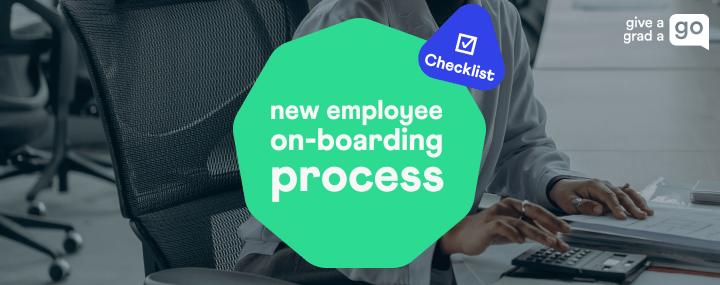The first month is integral to both parties – so, early initiatives like mentors can be hugely valuable.
Giving ownership of a task, no matter how small, can boost your graduate hire’s confidence and engagement.
How can you challenge them, stretch them, and offer them experiences in their first few weeks they’ll feel are valuable and worthwhile?
Assigning a new hire a mentor is particularly useful for sales roles, helping give your new employees a standard to work towards and experience hands-on training into the sales practices of your business.
Looking for a sales recruitment company? Get in touch and discover why we’re London’s graduate sales recruitment experts.
Consider how you can enhance your graduate’s soft skills too.
Could they be responsible for manning the phones for a few hours a day to improve their communication skills, or be working on multiple projects to strengthen their time management?
Then, at the end of the month, organise a check-in to ensure that they’re enjoying their new role.
The check-in doesn’t need to be with a HR team – it can be conducted by a line manager, a team lead, or a mentor.
Make sure to use this time to listen, too. The feedback they give can provide a real insight into your company culture and management styles.
Ask them to evaluate their onboarding experience:
What was useful?
What might need more clarification or attention?
Is your buddy system working?
Did they feel their induction was thorough enough?
What new skills have they learnt so far?
How could you improve the onboarding of future hires?
Their evaluation will help you improve your process, as well as help improve employee morale in the workplace – individuals like to have their voice heard!






